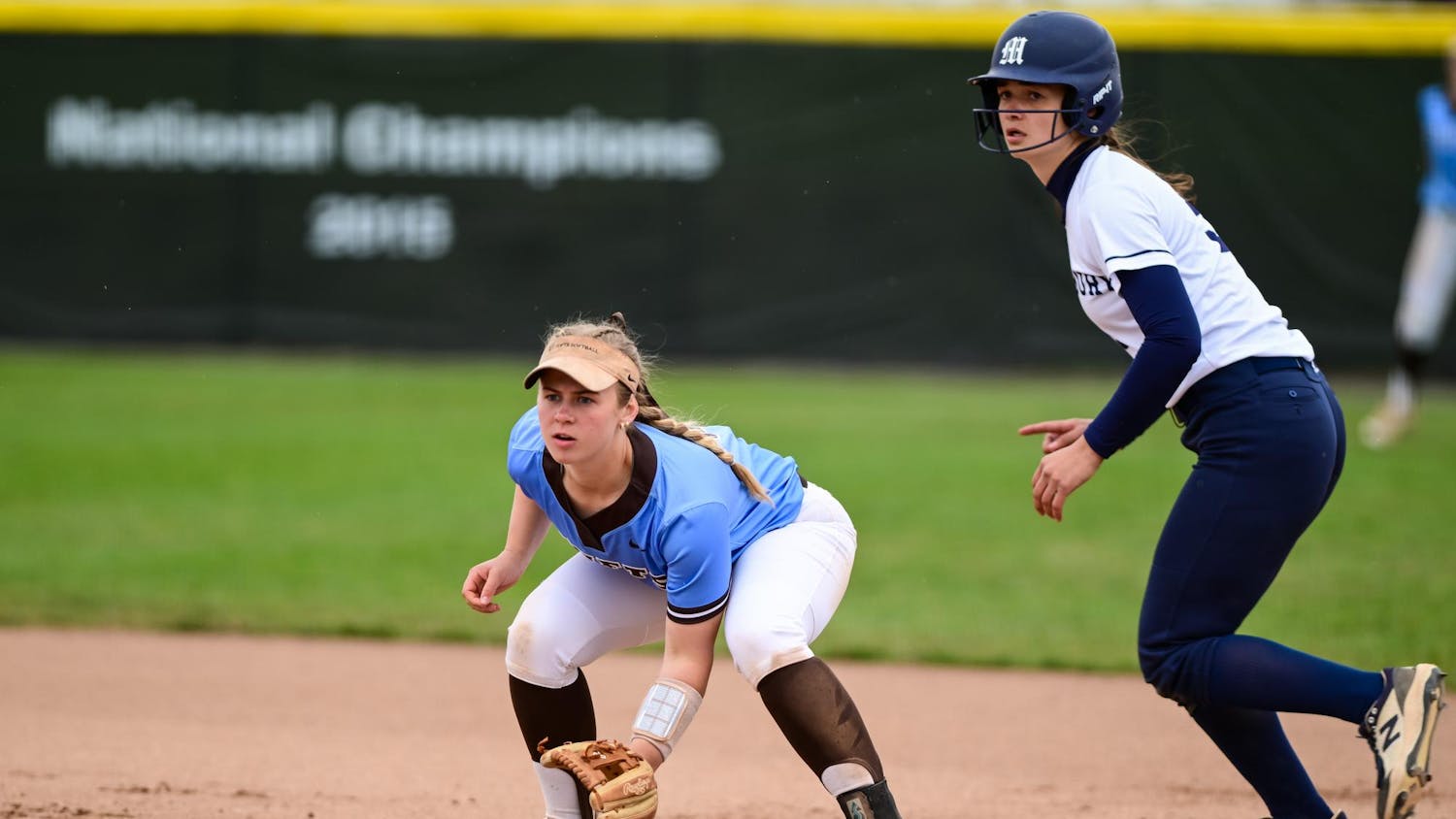Researchers at Boston University recently found a biomarker that can help diagnose chronic traumatic encephalopathy (CTE) in living patients. CTE results from regular blows in the head and concussions in particular. Up until now, CTE was only diagnosable and examinable postmortem. According to an accompanying press release, "the ability to diagnose CTE in the living would allow not only for the development of possible therapies to treat the disease, but also for research into prevention."
This is especially good news considering recent findings of the prominence of concussions and CTE in the NFL. A recent study published in the Journal of the American Medical Association (JAMA) revealed that of 111 former NFL players' brains, 110 of them had CTE.
Concussions have been overlooked for a long time in football. Now that they have come to the forefront, it seems natural to start looking for better solutions to the problem. That being said, the future of the sport is in a precarious position. How can football be fixed so that players can stay safe?
I propose a very controversial idea: no more helmets. It seems counterintuitive. It seems unrealistic. It seems stupid. I — along with many professionals — believe that helmets and extensive padding are the causes of the concussions seen so often. Helmets and padding make players feel safer than they actually are. They are willing to risk their heads and bodies to a greater extent, simply because they think that their equipment is a protector.
Before the helmet was instituted into football, there was a completely different style of tackling. The tackles were made more with the body and much less with the shoulders and up. This reduced head hits greatly, as both the tackler and player being tackled ensured that their heads were protected.
This technique is now resurfacing in some practices after a 2015 study in the Journal of Athletic Training found that “the helmetless-tackling training intervention resulted in a 28 percent reduction in head-impact frequency per [athlete-exposure] by the end of the season." Teaching helmetless tackling training techniques for just 10 minutes every day reduced these brain-jarring hits by a huge margin.
CTE is as bad as advertised. Former players in the NFL have to deal with the consequences for a lifetime of hitting heads, and so do the people around them. Moreover, CTE can start showing up very early in life. The same JAMA study found that of the younger brains studied, many still had CTE, including 21 percent of high school players and 91 percent of college players.
Teenagers and college students in the prime time for brain development are in turn destroying their brains for football. In a world where fewer than 2 percent of college athletes get to play professionally for a salary and career, is it worth giving young athletes terrible and lasting brain damage?
Although it seems highly unlikely that football will just disappear, concussions and CTE must be dealt with somehow. Perhaps, drastic changes in the game and the way it is played — such as removing helmets and retraining players how to tackle — are the true solutions to keeping football (and its players) alive and well.
More from The Tufts Daily





